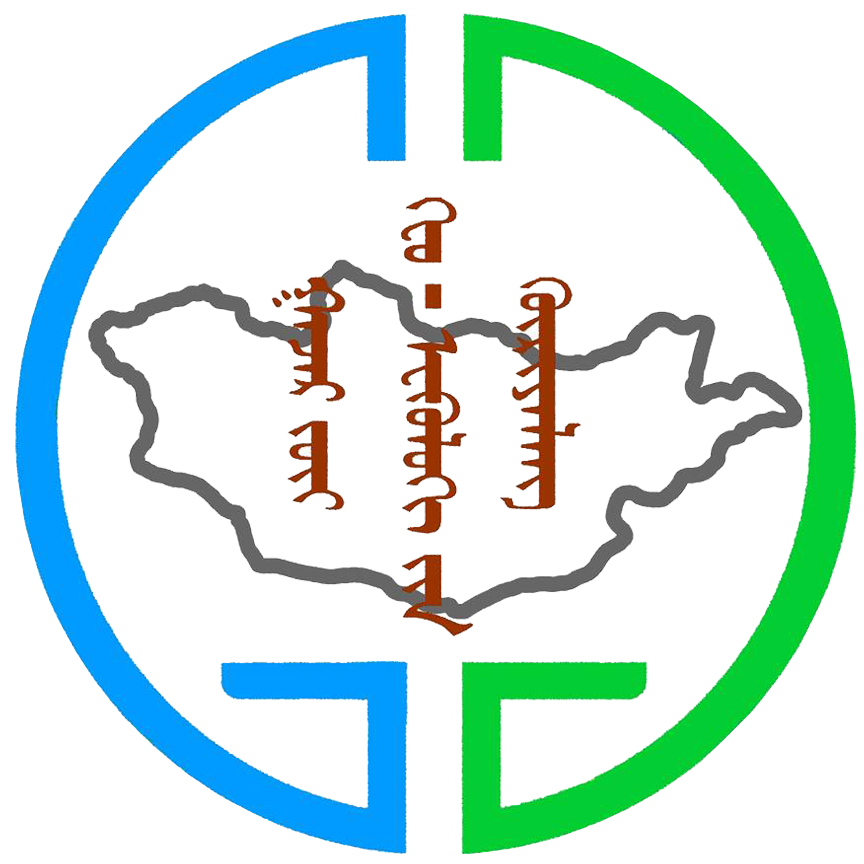This paper discusses the decrease of vegetation yield, species composition reduction in pasture of different zones and different pasture types in Mongolia with relation to factors affecting this phenomena, such as global warming and increased impacts of humans and livestock. In addition to a reduction of species composition, there are also changes from plants that are useful for livestock into less useful plants.
Changes of species composition, canopy cover and average height were shown in the needlegrass-forb pasture of the steppe zone in Erdenesant and Sergelen soum of Tuv aimag, which have different rates of pasture overgrazing. In severe grazed needlegrass-forb pasture, species composition has reduced 2-4 times, average height has reduced 10 times and compositions of not-preferable plants have increased by 3 times compared with un-grazed pasture of the same type.
Real xerophytes have increased from 47.4 to 69.2 percent, and following this, representatives of the rest of the groups have decreased. Plants which have the ability to reproduce by root suckers have been dominating. A review of 1990-2000 studies on pasture shows that more than 40 million ha, or 30 percent of all pasture in Mongolia overgrazed.
